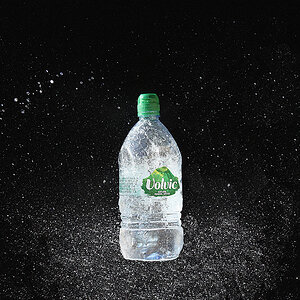stroker
TPF Noob!
- Joined
- Sep 17, 2010
- Messages
- 119
- Reaction score
- 0
- Location
- ky
- Can others edit my Photos
- Photos OK to edit
Anybody out there have tips on what makes a good B&W photograph?
Im looking to get some of those breath taking shots soon and really up my game. What should I look for in things like compositon, angle, and lighting? Should I meter different for B&W to get a better contrast with a true black and a true white in the same shot?
Anything helps,
thanks for looking
Im looking to get some of those breath taking shots soon and really up my game. What should I look for in things like compositon, angle, and lighting? Should I meter different for B&W to get a better contrast with a true black and a true white in the same shot?
Anything helps,
thanks for looking



 I'll leave my tip up there in case anyone else finds it useful.
I'll leave my tip up there in case anyone else finds it useful.![[No title]](/data/xfmg/thumbnail/42/42059-61b97bbebb00e6276672551f4e3b3e43.jpg?1619739995)
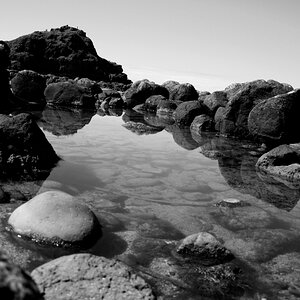
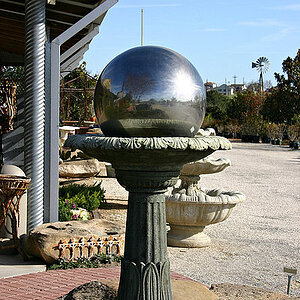
![[No title]](/data/xfmg/thumbnail/39/39497-93752210dd49247220721e5ac8c61245.jpg?1619739055)
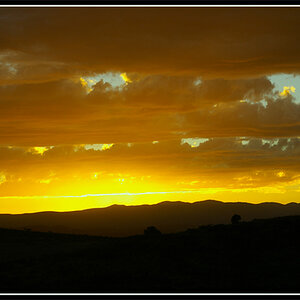
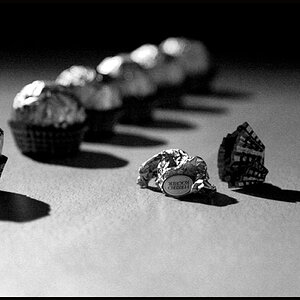
![[No title]](/data/xfmg/thumbnail/42/42058-8597ac0f687fb4007aa3ca0210936f04.jpg?1619739994)
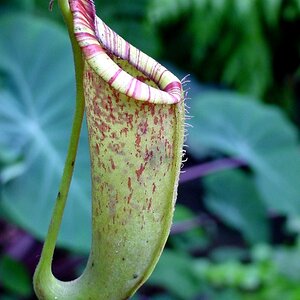
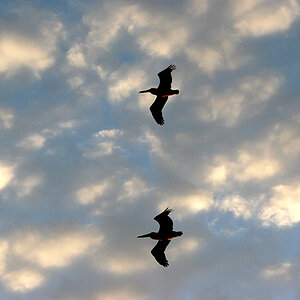

![[No title]](/data/xfmg/thumbnail/42/42056-76026251cb5ebb85b4a4d281d36121d8.jpg?1619739992)
